Your business runs on the cloud. Employees log into Salesforce, Google Workspace, or Slack from laptops, phones, and sometimes even personal devices.
It’s fast, flexible, and great for productivity. But it’s also risky.
- What if an employee uploads sensitive client data to a personal Dropbox account?
- What if a hacker attempts to log in from an unknown device?
- What if remote workers connect through unsecured networks?
This is where SASE & CASB come into play. Both are designed to protect your cloud apps and networks, but in different ways.
Let's understand the difference between SASE and CASB to help you choose the right solution for your business.
What are SASE and CASB?
Let's simplify these terms before diving into comparisons.
Secure Access Service Edge (SASE)
Secure Access Service Edge (SASE) is a cloud-delivered security framework that combines networking and security functions in one place. Instead of buying and managing different tools (like firewalls, VPNs, or secure web gateways), SASE integrates them under a single umbrella.
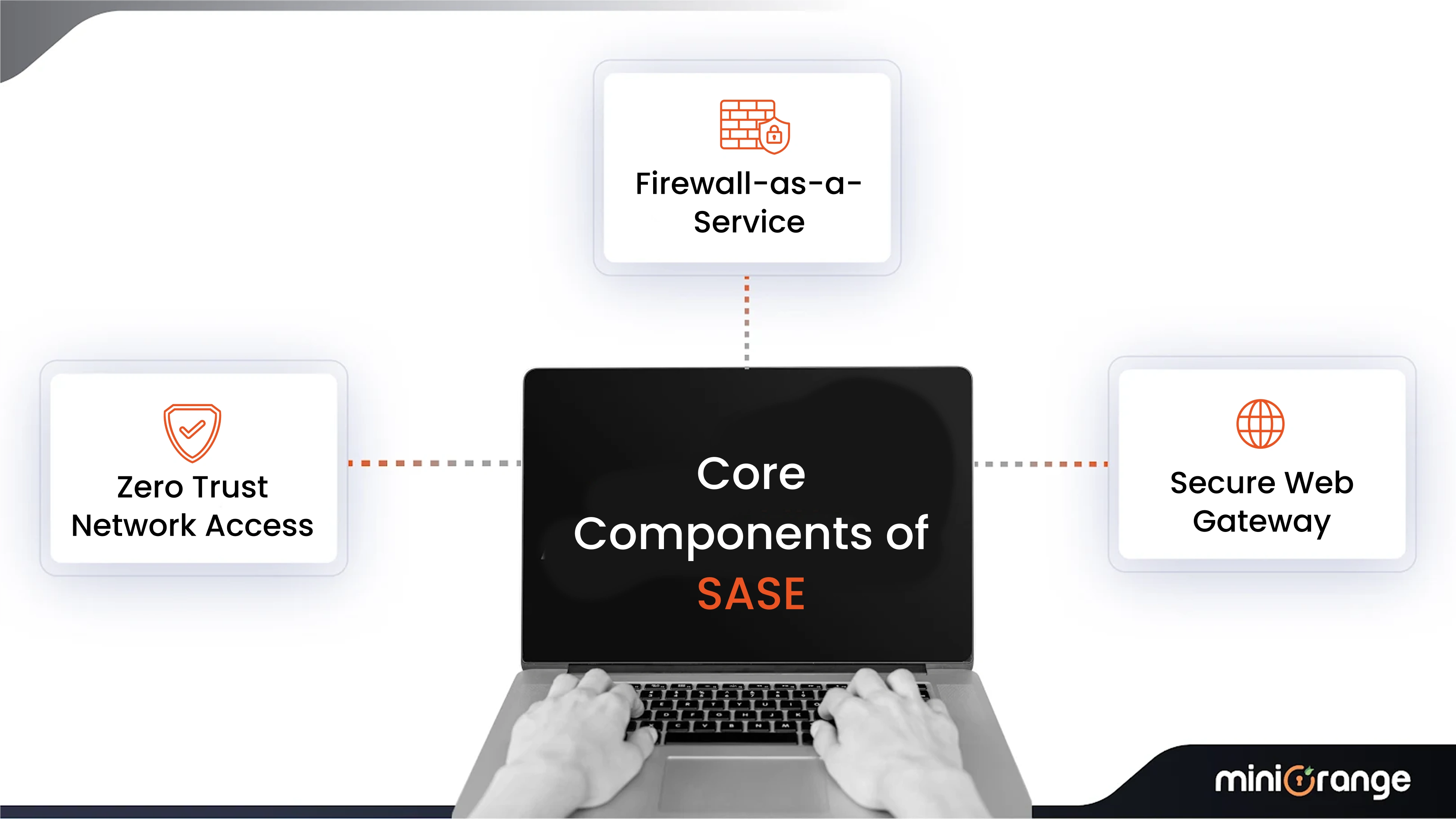
Core Components of SASE
- Zero Trust Network Access (ZTNA): ZTNA verifies every single access request in real time. It checks who the user is, their device, where they're logging in from, and whether they meet security policies.
- Firewall-as-a-Service (FWaaS): This is a cloud-based firewall that filters harmful traffic before it ever reaches your business network. FWaaS protects users wherever they are, whether remote, hybrid, or global. It also blocks malicious IPs, prevents intrusion attempts, and stops malware at the entry point.
- Secure Web Gateway (SWG): SWG shields users from dangerous websites, phishing links, and malicious downloads. It's perfect for remote employees who don't always connect through corporate networks.
In short, SASE secures networks, devices, users, and apps—all together.
Cloud Access Security Broker (CASB)
Cloud Access Security Broker (CASB) is more specific. Its role is to give you visibility, control, and protection over how cloud apps are used.
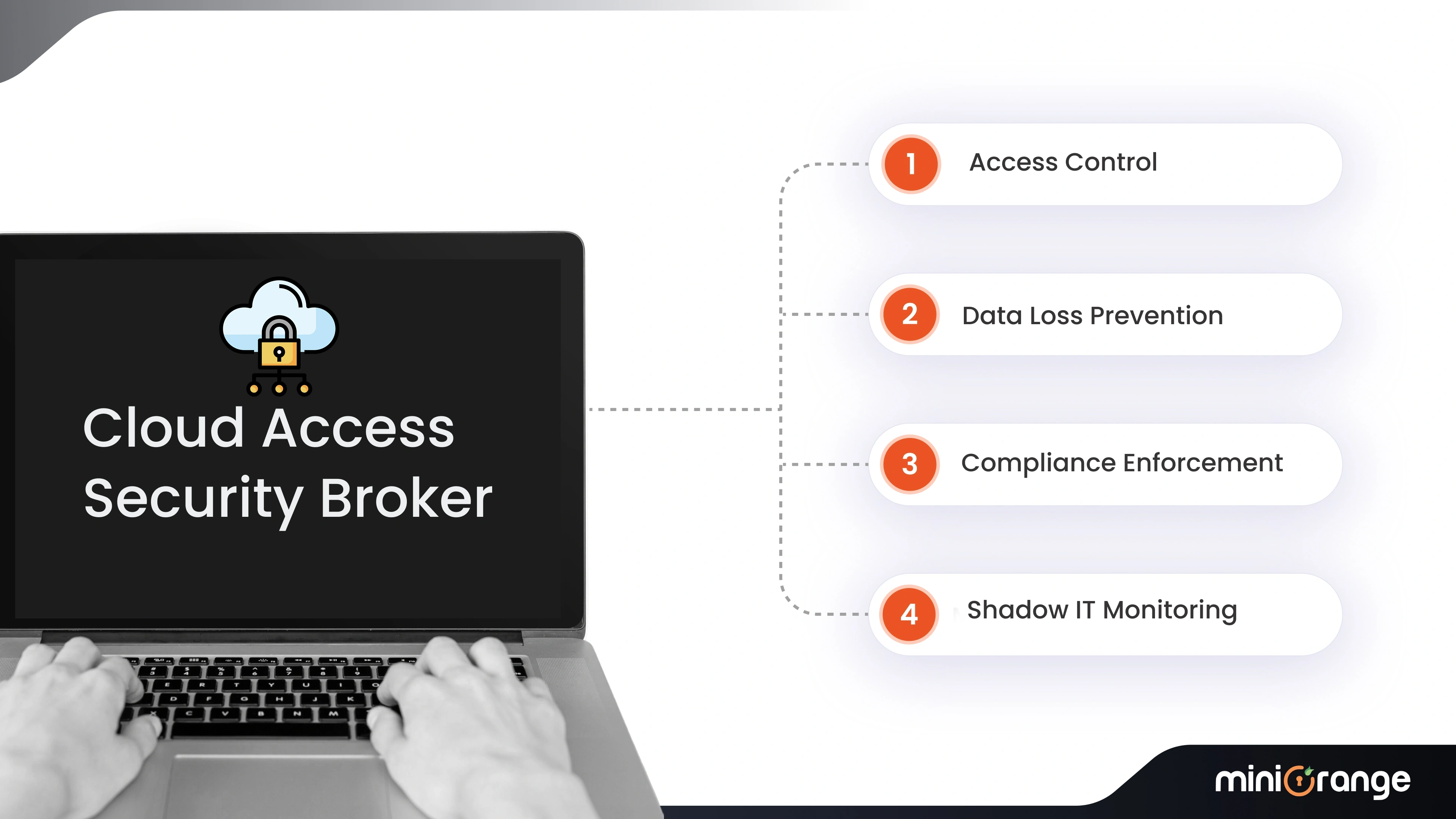
Core Functions of CASB
- Access Control: CASB approves or blocks logins based on device type, user profile, or location. For example, A login attempt from a trusted laptop at the office is allowed. A login from an unknown device in another country? Blocked.
- Data Loss Prevention (DLP): CASB prevents accidental or intentional leaks of business data using a built-in DLP solution. For example, If an employee tries uploading a confidential financial report to a personal Dropbox, CASB blocks it instantly.
- Compliance Enforcement: It automatically ensures cloud usage complies with industry regulations like HIPAA, GDPR, ITAR or SOC2. This is critical for industries like healthcare, finance, and legal, where non-compliance can mean massive fines.
- Shadow IT Monitoring: Employees often use unsanctioned apps without IT approval. CASB detects these hidden risks and gives IT visibility into what's happening behind the scenes.
In short, CASB is laser-focused on cloud app security.
What Are the Differences Between SASE and CASB?
Now, let's put CASB vs SASE side by side.
| Feature | SASE | CASB |
|---|---|---|
| Focus | Secures networks, devices, apps, and users | Secures SaaS apps and cloud data |
| Tools Included | ZTNA, FWaaS, SWG, CASB, SD-WAN, threat protection | CASB only |
| Application Security | Covers SaaS, IaaS, PaaS, and custom apps | Primarily SaaS applications |
| Data Protection | Prevents data leaks across networks + apps | Strong DLP for SaaS apps |
| Compliance Support | Enforces compliance across entire infrastructure (network + apps) | Enforces compliance only within SaaS apps |
| Threat Prevention | Blocks malware, phishing, and harmful traffic across networks | Detects and stops risky behavior inside SaaS apps |
| Visibility | Unified view of users, devices, apps, and traffic | Detailed visibility into SaaS usage only |
| Scalability | Ideal for hybrid/remote teams, multi-location, global businesses | Scales well for SaaS-heavy organizations, but limited scope |
| Best For | Businesses needing unified, all-in-one protection | Businesses heavily relying on SaaS and cloud apps |
| Strength | Simplifies IT with one integrated security framework | Provides deep SaaS-level control and monitoring |
| Cost Impact | May involve higher upfront effort, but reduces tool sprawl and long-term costs | Faster deployment, lower initial cost, but may require upgrades later |
| Future-Proofing | Built to adapt to evolving hybrid/remote work environments | May need integration into larger frameworks like SASE later |
Challenges: Why Businesses Struggle with SASE and CASB
It's not just about benefits—each approach has challenges too.
| Category | SASE Challenges | CASB Challenges |
|---|---|---|
| Coverage | Broad framework can feel like overkill for SaaS-only companies. | Limited to SaaS apps only. On-premises apps & full network traffic remain unprotected. |
| Alerts & Management | Centralized management requires careful planning, rollout may be complex. | Can generate too many alerts (false positives), leads to IT alert fatigue. |
| Business Impact | Might replace existing tools, but businesses hesitate due to "rip & replace" concerns. | Overly strict rules can block legitimate actions, productivity slowdown. |
| Deployment | Broader deployment takes longer to roll out across large or hybrid infrastructures. | Fast to deploy but requires ongoing fine-tuning to stay effective. |
That's why many companies start with CASB and later expand to SASE.
When to Choose Between SASE vs CASB?
So, which one is right for your business?
Choose CASB if:
Your business mainly relies on SaaS apps.
- Tools like Google Workspace, Office 365, Salesforce, Dropbox, and Slack are important for business operations.
- You don't need a complex network security system, just ensure employees aren't misusing or leaking business data with the help of CASB.
Your top concern is data leakage or regulatory compliance.
- If you're in finance, healthcare, or legal services, the risk of a GDPR fine or HIPAA violation is massive.
- CASB enforces policies that stop your data from leaving your business, even if employees try to bypass controls.
You need quick deployment with minimal disruption.
- CASB solutions can often be deployed faster than SASE, letting you lock SaaS apps instantly without re-architecting your entire network.
Choose SASE if:
You want a single, unified security framework.
- Instead of managing multiple tools (VPNs, firewalls, SWGs, CASB), SASE gives you everything in one cloud-delivered platform.
Your workforce is a combination of hybrid, remote, or global.
- If employees work from different cities, countries, or work devices, traditional security boundaries can collapse.
- SASE ensures every login, every device, every connection is verified and secured.
How miniOrange Can Help with CASB
When it comes to securing your cloud applications, miniOrange CASB solution can be your strategic partner for unified, intelligent, and adaptive SaaS protection.
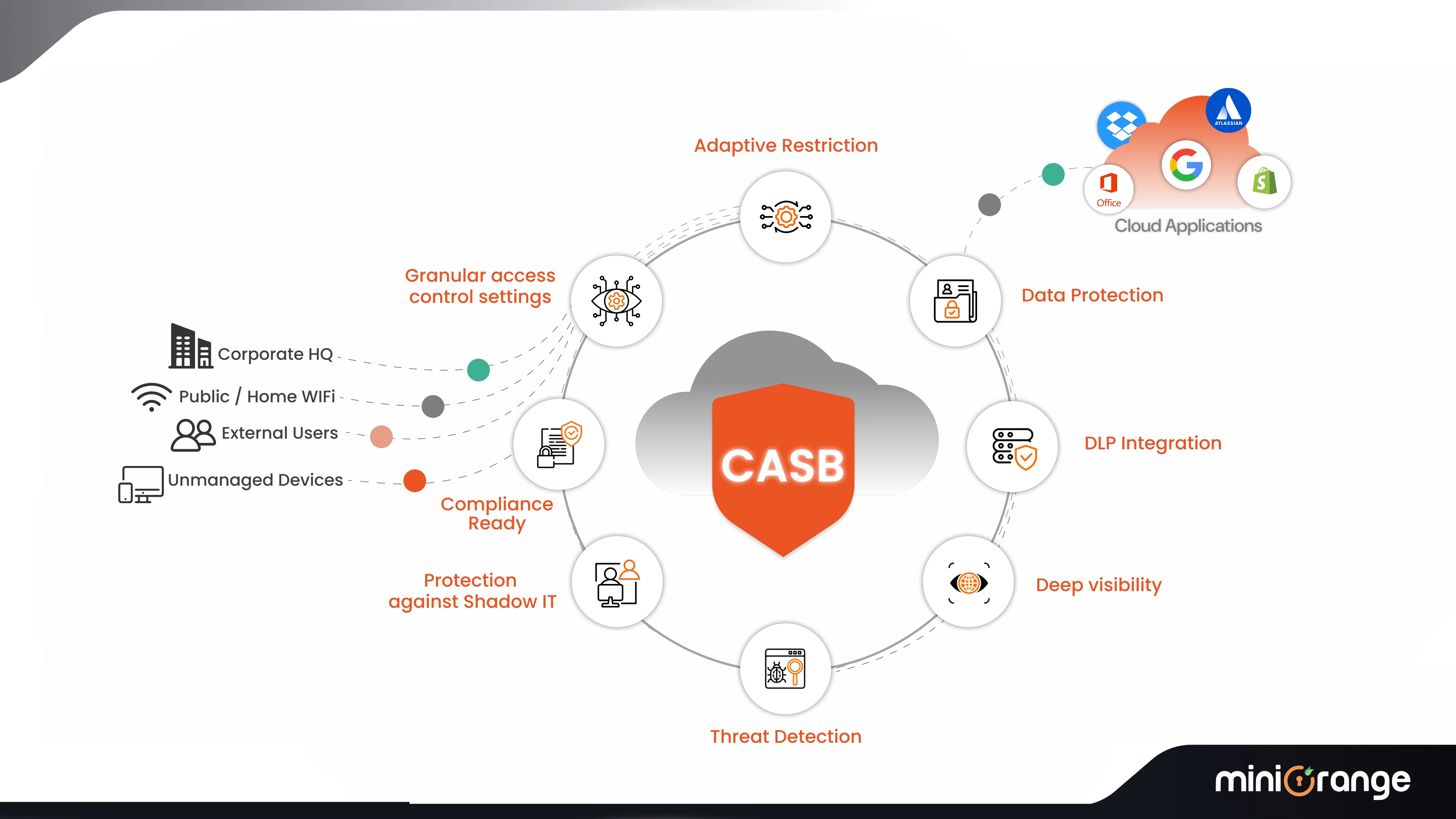
What Makes miniOrange CASB Stand Out
1. Smart Access Rules & Granular Controls
Set precise rules based on IP address, device type, user role, time of access, and location. Block risky behavior like downloads on personal devices, without hindering trusted employees.
2. Total Data Protection & DLP
Prevent sensitive files—like financial reports, contracts, or customer data—from being shared or downloaded improperly.
3. Rapid, Guided Onboarding
Out-of-the-box templates and streamlined setup get you started in no time—perfect for businesses that need speed without sacrificing precision.
4. Adaptive Restrictions
Enforce real-time restrictions, like blocking downloads when on public Wi-Fi or outside business hours, while keeping productivity smooth.
5. Integration with Major SaaS Platforms
Supports seamless deployment across platforms including Google Workspace, Office 365, Salesforce, Shopify, Atlassian, Slack, Oracle Cloud, and more.
6. Role-Based Access & Risk-Based Authentication
Enforce fine-grained access according to department, job role, or risk level. Users receive dynamic access that adapts based on context and risk analysis.
Wrapping Up
When it comes to CASB vs SASE, the decision is less about which is better and more about which is right for your business today.
The truth? It doesn't have to be "either/or". Many businesses start with CASB to secure their most critical SaaS apps, then expand into SASE as their teams grow.
Whether you're just beginning with SaaS protection or ready for a unified SASE framework, miniOrange CASB solutions scale with you, keeping your data safe, your compliance team confident, and your employees productive.
Frequently Asked Questions
1. Do I need CASB if I already use SASE?
Yes, because CASB is actually a core component of SASE. If you've deployed a modern SASE framework, you already get CASB-like features built in. However, if your business isn't ready for full SASE yet, starting with CASB gives you immediate SaaS protection and an easy upgrade path later.
2. Can CASB protect against insider threats, like employees misusing data?
Absolutely. CASB solutions—like miniOrange CASB—use Data Loss Prevention (DLP), user behavior monitoring, and anomaly detection to stop risky activities such as uploading sensitive files to personal accounts or emailing contracts outside the company.
3. How long does it take to deploy CASB or SASE?
CASB deployment is typically fast and lightweight—you can secure major SaaS apps within days. SASE, being broader (covering apps, users, devices, and networks), may take longer to roll out. Many businesses start with CASB for quick wins and then scale into SASE for complete coverage.



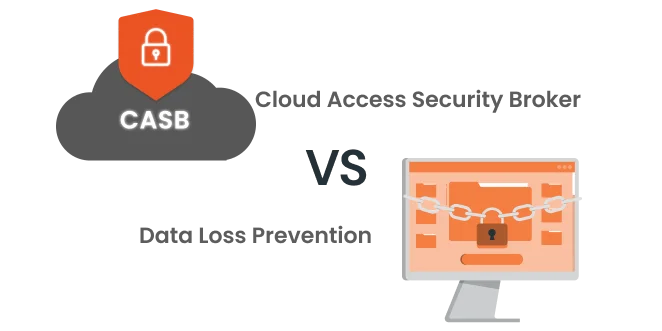
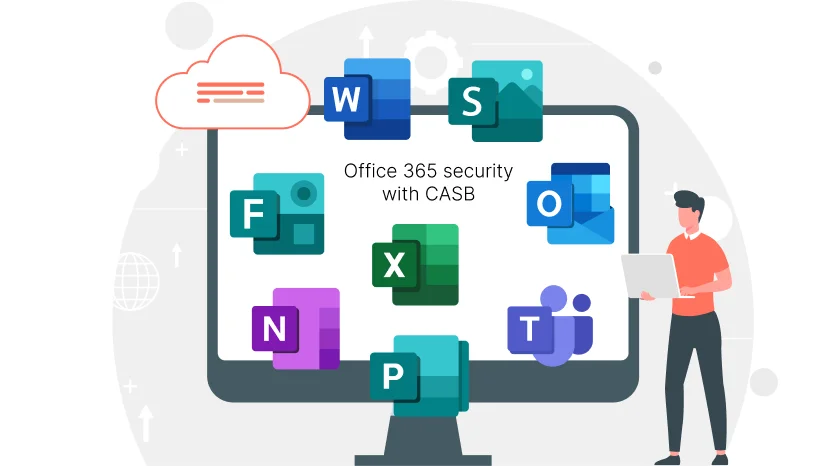

Leave a Comment